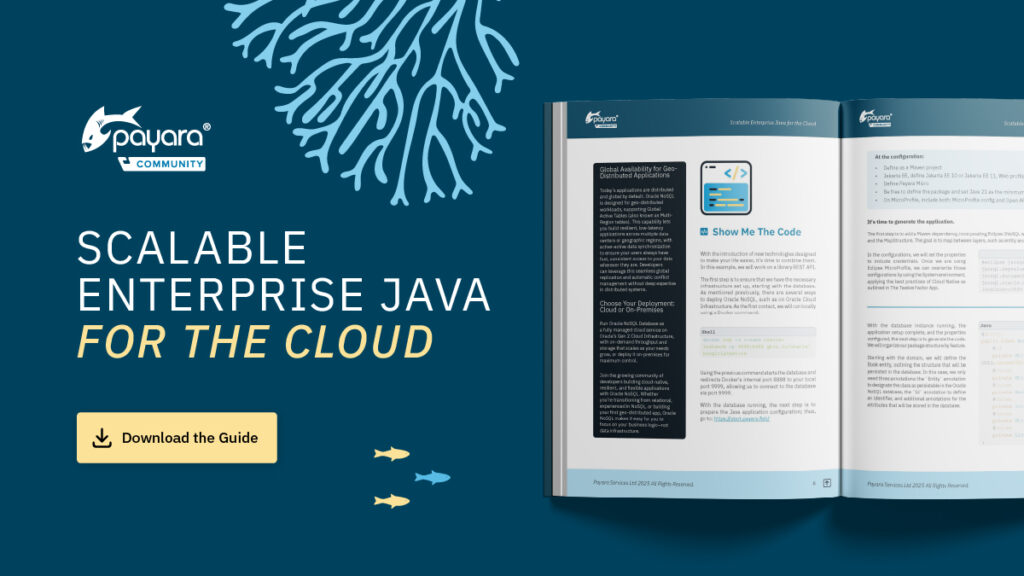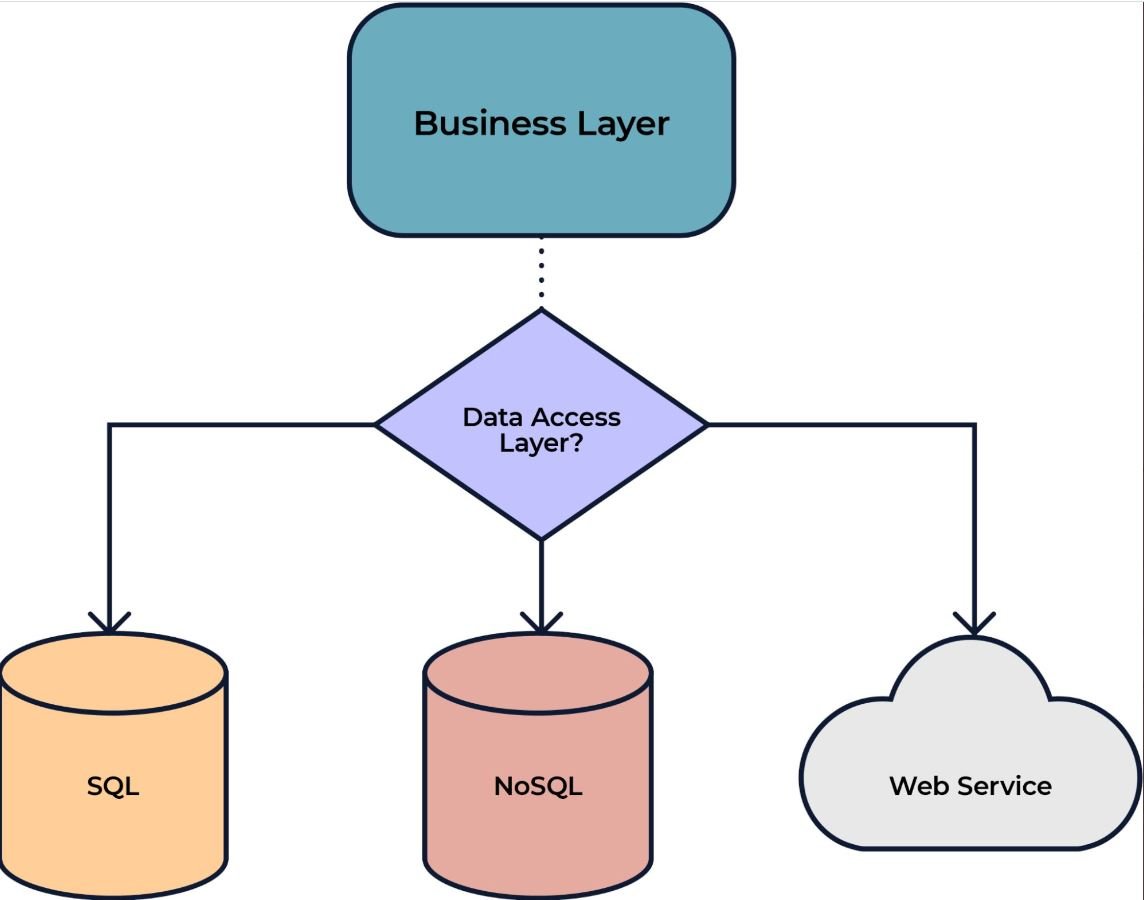 1 minute
1 minute
Scalable Enterprise Java for the Cloud
We’re excited to introduce Scalable Enterprise Java for the Cloud, a new free eBook created through a close collaboration […]

The defacto way of accessing relational data in a Jakarta EE application is through the use of the Jakarta Persistence API. For NoSQL data access, one can now use the much newer Jakarta NoSQL API. Jakarta Persistence especially has worked quite well and been serving its purpose with both its support for native queries, JPQL and Criteria queries. However, modern data access paradigms have meant having to pull in third party libraries to enjoy some more abstractions.
For instance Apache DeltaSpike’s JPA module provides a way to use the repository pattern with Jakarta Persistence. Much like Spring Data, DeltaSpike allows for powerful data abstraction over Jakarta Persistence for Jakarta EE applications. However, this and other similar libraries are not part of the Jakarta EE Platform. And this is where Jakarta Data comes in.
Jakarta Data is currently a specification proposal led by Otavio Santana, with the goal of unifying all these data abstractions under a single specification, and consequently, API. With Jakarta Data, both SQL and NoSQL data access will come under a single, unified set of APIs that provide much modern paradigms of data access like the aforementioned repository pattern and cloud data access. In a cloud native development era, microservices can access data in a myriad of ways, and this specification aims to standardize all these data access options under a single specification.
As the current evolution of Jakarta EE continues, a specification such as Jakarta Data will help solidify the platform as a first class choice for developing modern, cloud native applications. New microservices focused frameworks come with such convenience APIs built-in, and as such make them much more appealing to developers. Jakarta Data will be a great addition to the already rich set of specifications that make up the Jakarta EE Platform.
You can (and should at least take a look) make suggestions to the process in this sheet as it is in the process of gathering feedback. As Jakarta EE experts, we will keep you updated with the progress of this specification and eventually help you learn all there is to using it when it is finally available.
What to find out more about Jakarta EE specifications? Check out our previous fact sheets:
Share:
 1 minute
1 minute
We’re excited to introduce Scalable Enterprise Java for the Cloud, a new free eBook created through a close collaboration […]
 3 minutes
3 minutes
When legacy systems approach end-of-life (EOL), enterprise IT teams typically face the choice of moving forward at all costs […]
 5 minutes
5 minutes
November has been one of the busiest months of the year for the Java and Jakarta EE ecosystem. With […]